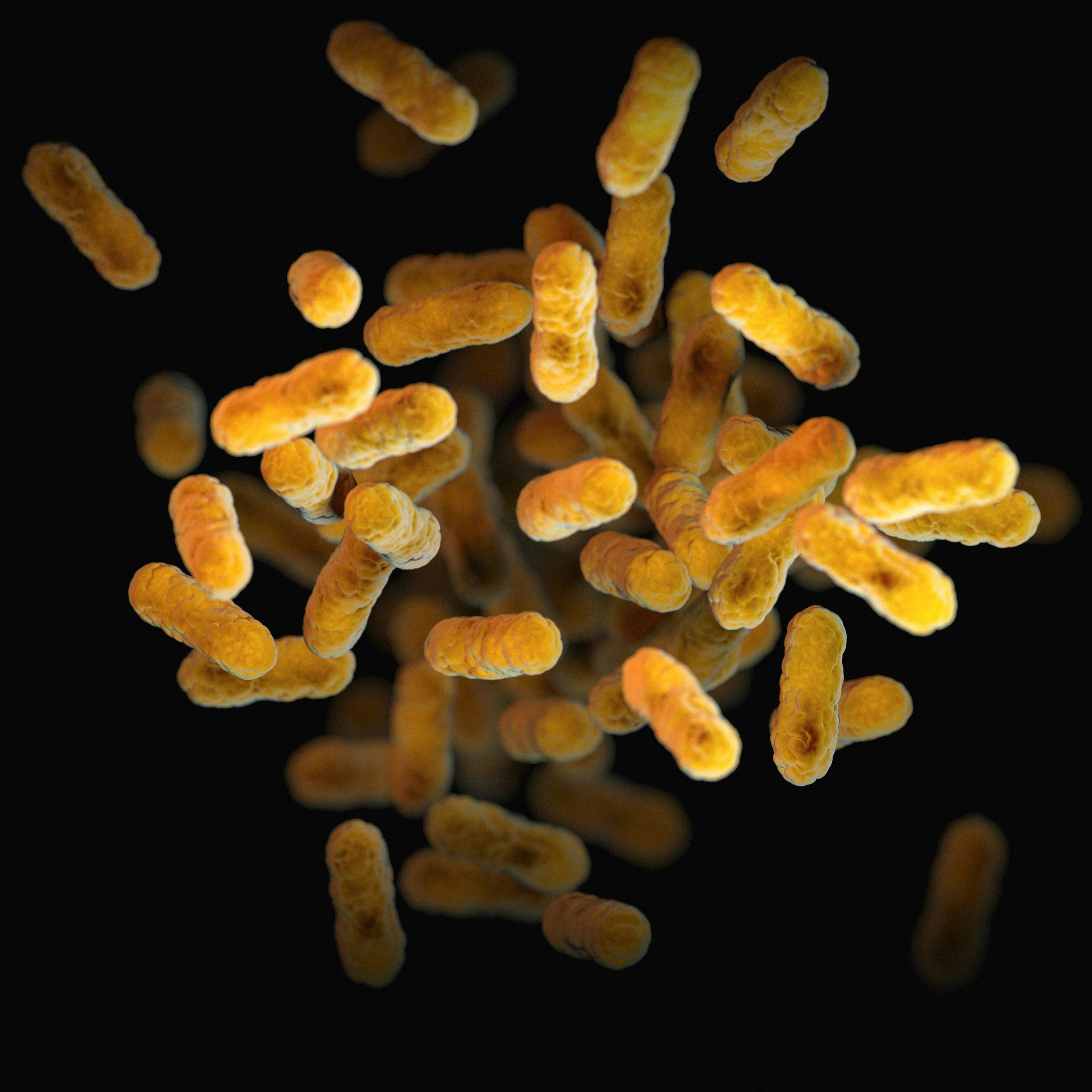Have you ever wondered whether probiotics can thrive on a low oxalate diet? If you’re conscious about your gut health or managing oxalate levels, this is a crucial question. Probiotics, the good bacteria that contribute to a healthy gut, and oxalates, compounds found in many foods, can intersect in ways that significantly impact your well-being.
What Are Probiotics?
Probiotics are live microorganisms that provide health benefits when consumed in adequate amounts. They’re often referred to as “good” or “friendly” bacteria. You might find them in fermented foods like yogurt, sauerkraut, and kefir, or as dietary supplements. The primary role of probiotics is to maintain the balance of gut flora, which is vital for digestion, immunity, and overall health.
The Role of Probiotics in Gut Health
Your gut contains trillions of bacteria, both beneficial and harmful. A balanced microbiome is essential for various bodily functions, including nutrient absorption and immune defense. Probiotics help keep the bad bacteria in check, contributing to a harmonious internal environment.
They come with a range of potential benefits, including:
- Improving digestion
- Enhancing immune function
- Reducing inflammation
- Possibly even lifting mood
Understanding the role of these tiny powerhouses can help you appreciate their importance in your daily life.
What Are Oxalates?
Oxalates, or oxalic acid, are naturally occurring substances found in many plants. They are often labeled as antinutrients because they can bind to minerals like calcium, forming insoluble compounds that your body cannot absorb. This can be a problem, especially for individuals prone to kidney stones, as high oxalate levels can contribute to their formation.
Foods High in Oxalates
If you’re considering a low oxalate diet, it’s helpful to know which foods to avoid. Here’s a list of some common high-oxalate foods:
| High-Oxalate Foods | Low-Oxalate Alternatives |
|---|---|
| Spinach | Kale |
| Beets | Cabbage |
| Swiss chard | Broccoli |
| Sweet potatoes | Potatoes |
| Nuts (especially almonds) | Seeds (pumpkin, sunflower) |
By opting for low-oxalate alternatives, you can significantly reduce your oxalate intake. This shift can be essential for maintaining your health, especially if you have specific medical concerns.
The Intersection of Probiotics and a Low Oxalate Diet
Now, let’s tackle the heart of the matter: Can probiotics survive on a low oxalate diet? The answer is complex, as it highly depends on the individual strains of probiotics and their ability to adapt to various dietary conditions.
Impact of Low Oxalate Foods on Probiotic Survival
Probiotics are generally resilient, but like all living organisms, they thrive under certain conditions. Low oxalate diets may limit the variety of foods you consume, potentially reducing the range of substrates available for probiotics. However, most studies suggest that probiotics can survive in various dietary conditions, provided they’re introduced in sufficient amounts.
Types of Probiotics
Not all probiotics are created equal; different strains serve different purposes. For example, Lactobacillus and Bifidobacterium are among the most commonly studied genera. Here’s a quick snapshot:
| Probiotic Strain | Benefits | Considerations |
|---|---|---|
| Lactobacillus rhamnosus | Supports gut health | Commonly found in yogurt |
| Bifidobacterium lactis | Aids in digestion | May be sensitive to oxalates |
| Saccharomyces boulardii | Boosts immune system | Yeast-based, more resilient |
Understanding the specific strains can help you cater to your dietary needs while ensuring you’re still reaping the benefits of probiotics.
Do Probiotics Survive in a Low Oxalate Environment?
Research on the specific survival rates of probiotics in a low oxalate diet is still limited. However, a few studies do provide insight into how these microorganisms may fare.
Tolerance to Dietary Changes
Some probiotics are known for their adaptability. For instance, studies show that certain strains can tolerate various pH levels and survive in challenging environments. This suggests that probiotics can endure and continue to thrive even when oxalate levels are low, provided the strain has a history of robust adaptability.
The Role of Prebiotics
Prebiotics, which are non-digestible fibers that feed probiotics, may also play a critical role. Consuming prebiotics alongside probiotics could bolster their survival and functionality in your gut. You can find prebiotic-rich foods in:
- Bananas
- Garlic
- Onions
- Asparagus
Choosing a diet that encourages the growth of beneficial bacteria can still be favorable, even when following a low-oxalate regimen.
The Upside of a Low Oxalate Diet
Transitioning to a low oxalate diet can come with its own set of benefits, especially for those with kidney stone issues or other health concerns. Realizing that you’re protecting your health can be empowering.
Potential Health Benefits
-
Reduced Risk of Kidney Stones: For individuals prone to calcium oxalate stones, lowering dietary oxalate can dramatically decrease the risk of future stone formation.
-
Gut Health Balance: While you may perceive a reduction in high-oxalate fiber-rich foods, focusing on prebiotic sources can still nurture your microbiome.
-
Managed Inflammation: A low oxalate diet may enhance your overall well-being by reducing inflammation-related symptoms, including digestive discomfort.
Challenges of a Low Oxalate Diet
While there are benefits, it’s not all smooth sailing. You might face challenges like nutrient deficiencies if you eliminate high-oxalate foods without proper planning. Here are some common concerns:
-
Loss of Essential Nutrients: Foods high in oxalates often contain vitamins and minerals. Be aware of what you might miss out on.
-
Limited Food Choices: The restriction can feel overwhelming, especially when dining out or socializing.
-
Impact on Gut Microbiome: Limiting certain high-fiber foods can disrupt the diversity of your gut bacteria.
Ways to Introduce Probiotics in a Low Oxalate Diet
If you’re on a low oxalate diet but want to ensure you’re getting your probiotics, several strategies can help.
Fermented Foods
Opting for low-oxalate fermented foods can be a delightful way to introduce beneficial bacteria. Consider options like:
- Yogurt (if lactose is not an issue)
- Fermented pickles (with salt, not vinegar)
- Sauerkraut (check for low-salt versions)
Probiotic Supplements
If food sources aren’t doing the trick, probiotic supplements may be a beneficial alternative. Look for high-quality brands with diverse strains and avoid those with added sugars or high oxalate ingredients.
Timing and Variety
When consuming probiotics, timing can be crucial. Taking them on an empty stomach may enhance survival rates. Additionally, varying the probiotic strains you take can optimally support your unique gut needs.
Conclusion: Striking a Balance
So, do probiotics survive on a low oxalate diet? The evidence suggests they can, but it’s essential to choose the right strains and be mindful of your food choices. Balancing your diet while still incorporating probiotics can enhance your overall gut health, leading to better digestion and improved well-being.
In the end, it’s about recognizing your body’s needs and working towards a path that supports both your microbiome and your health goals. If you have specific questions or health concerns, considering speaking with a healthcare professional can provide tailored advice for your unique situation.
You have the power to make informed choices that can lead to a healthier you. Embrace the journey, and remember that it’s okay to ask questions along the way.




